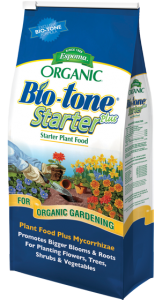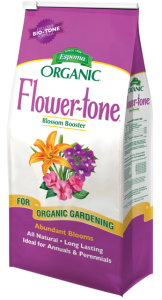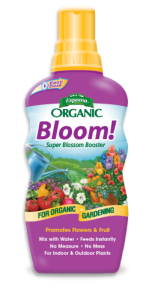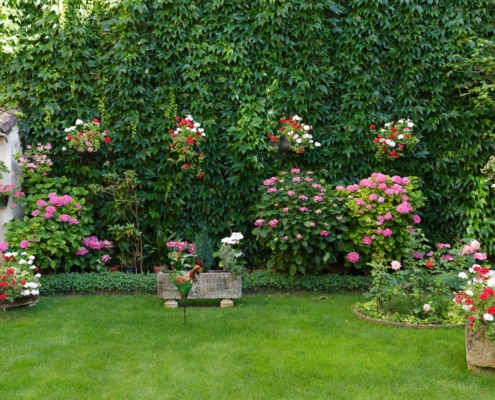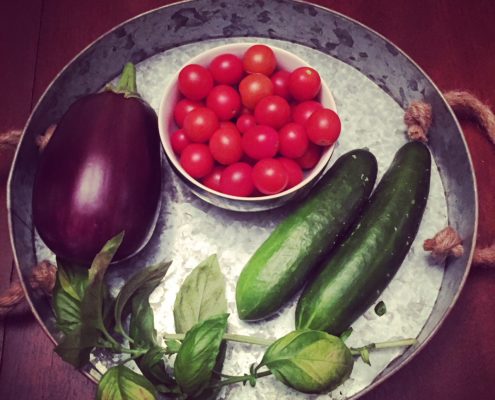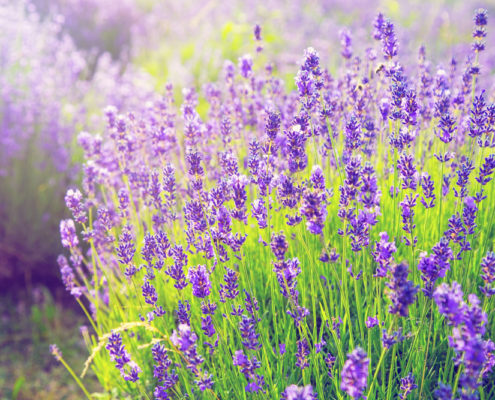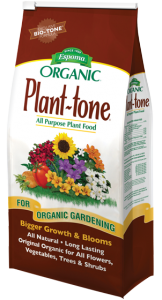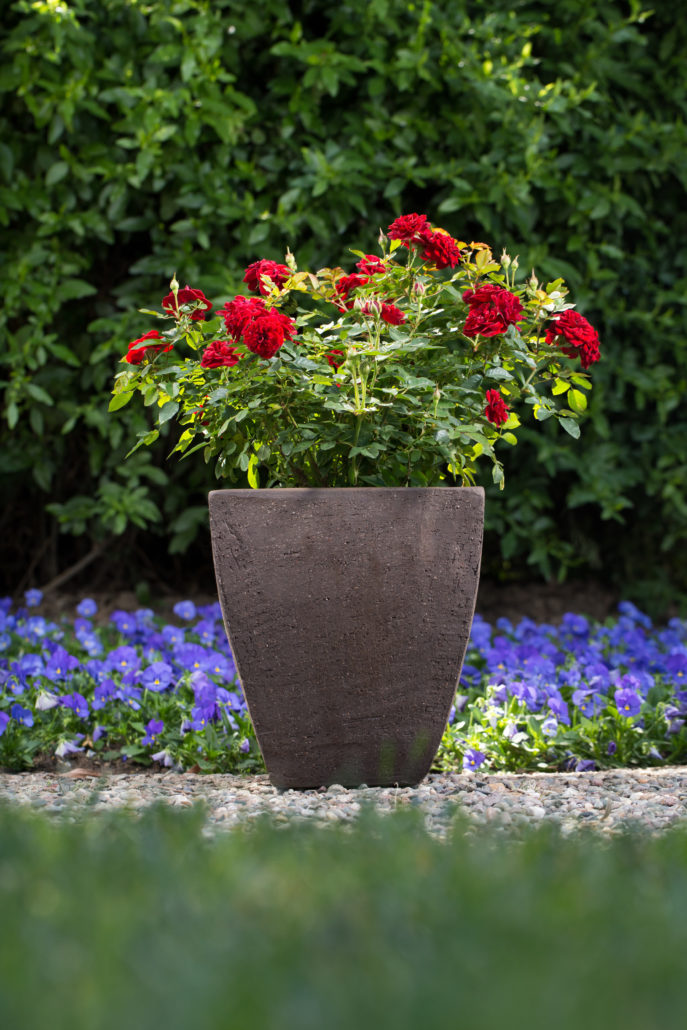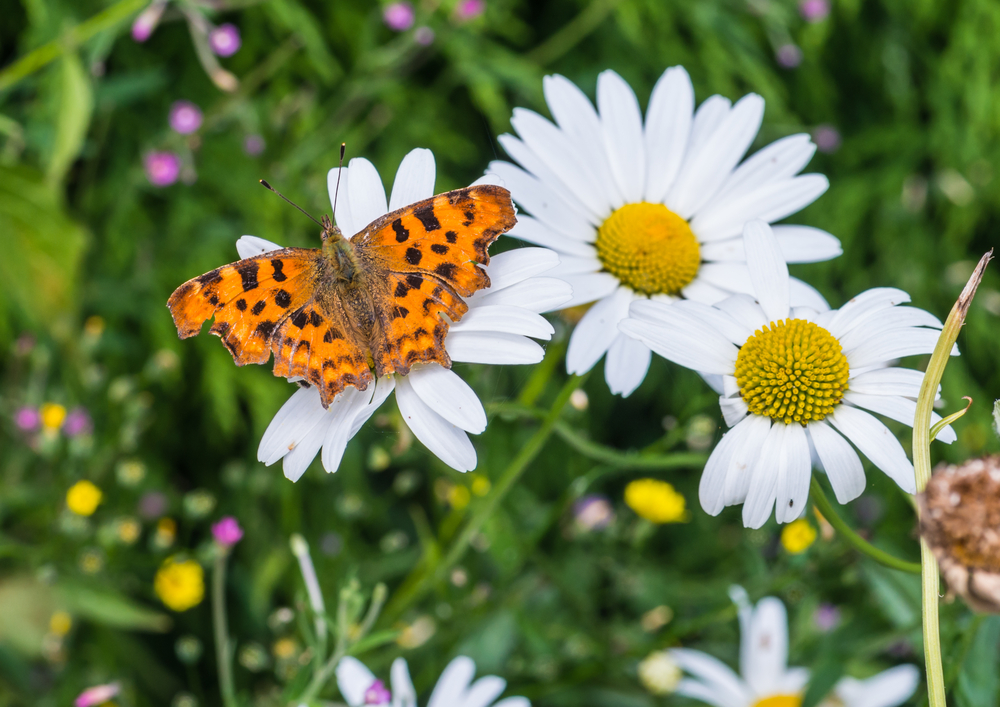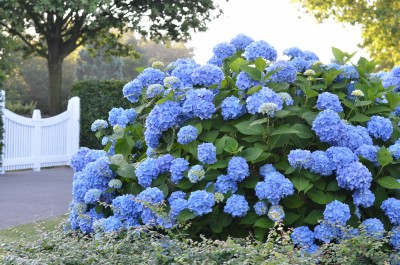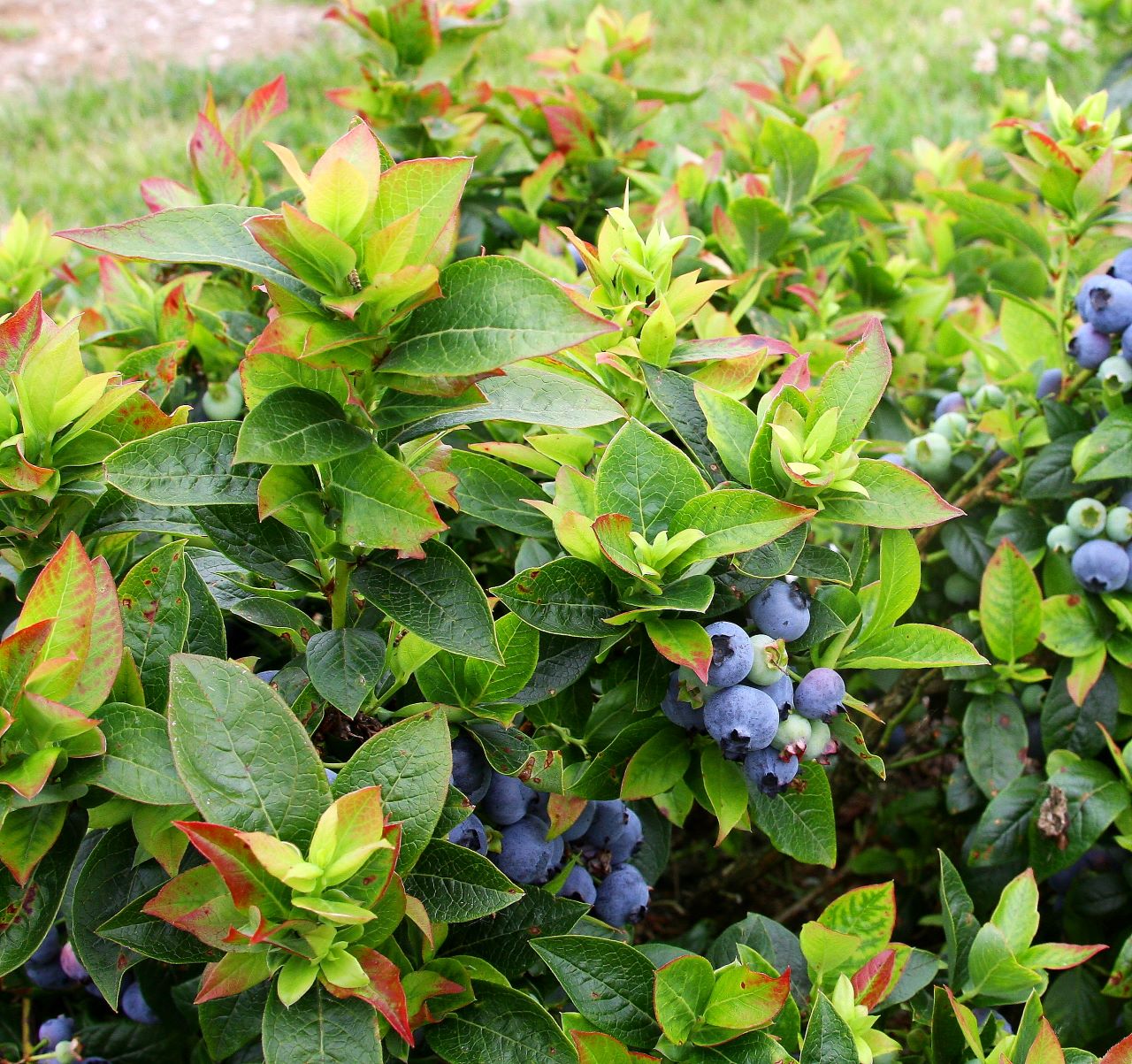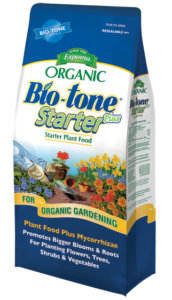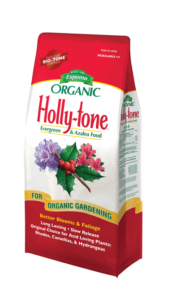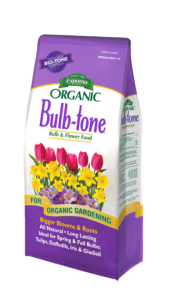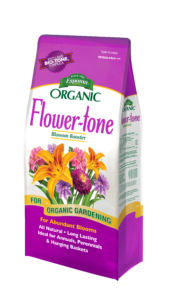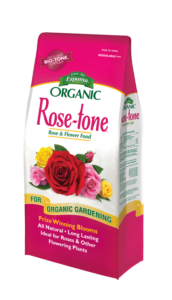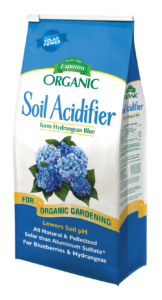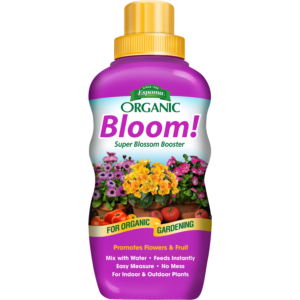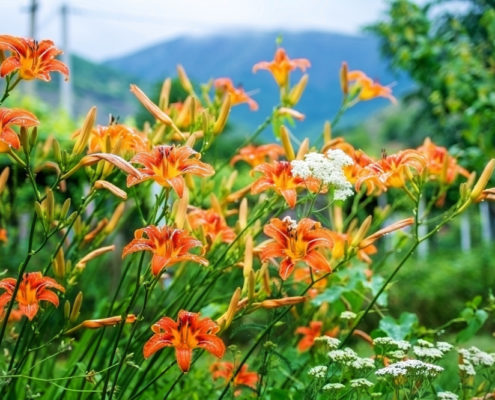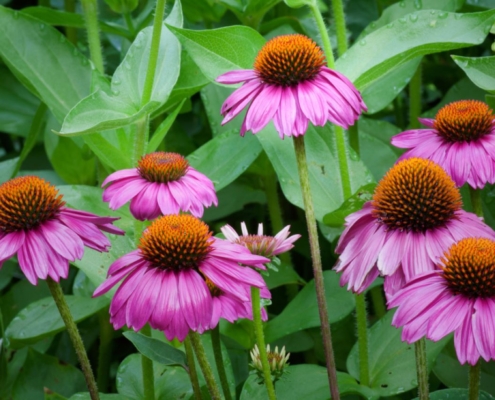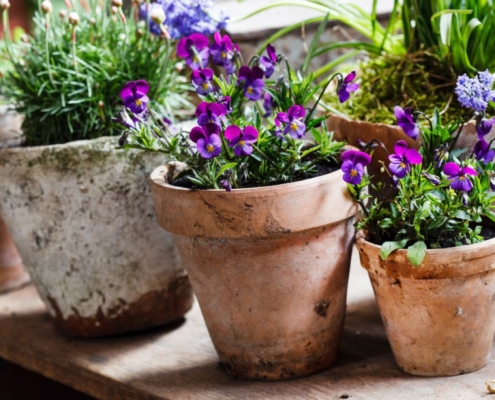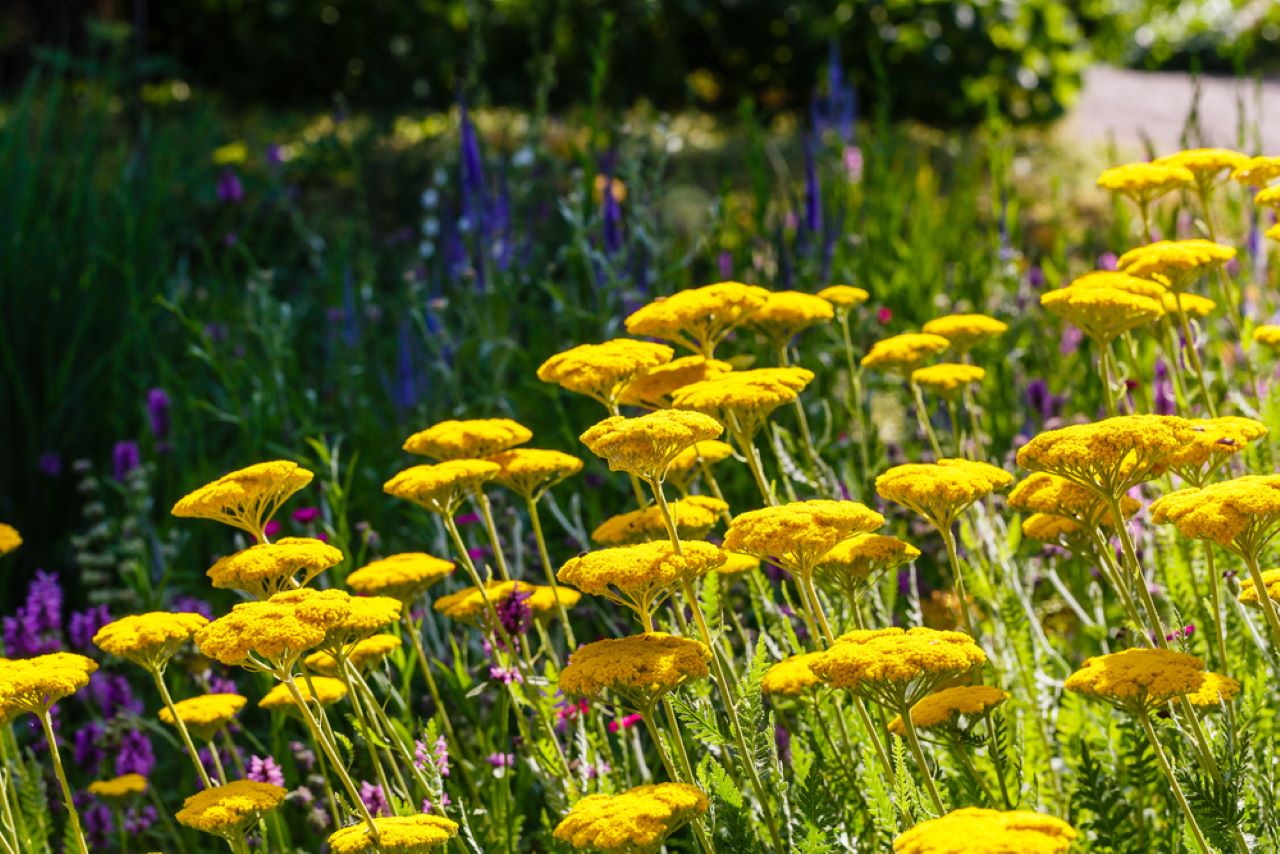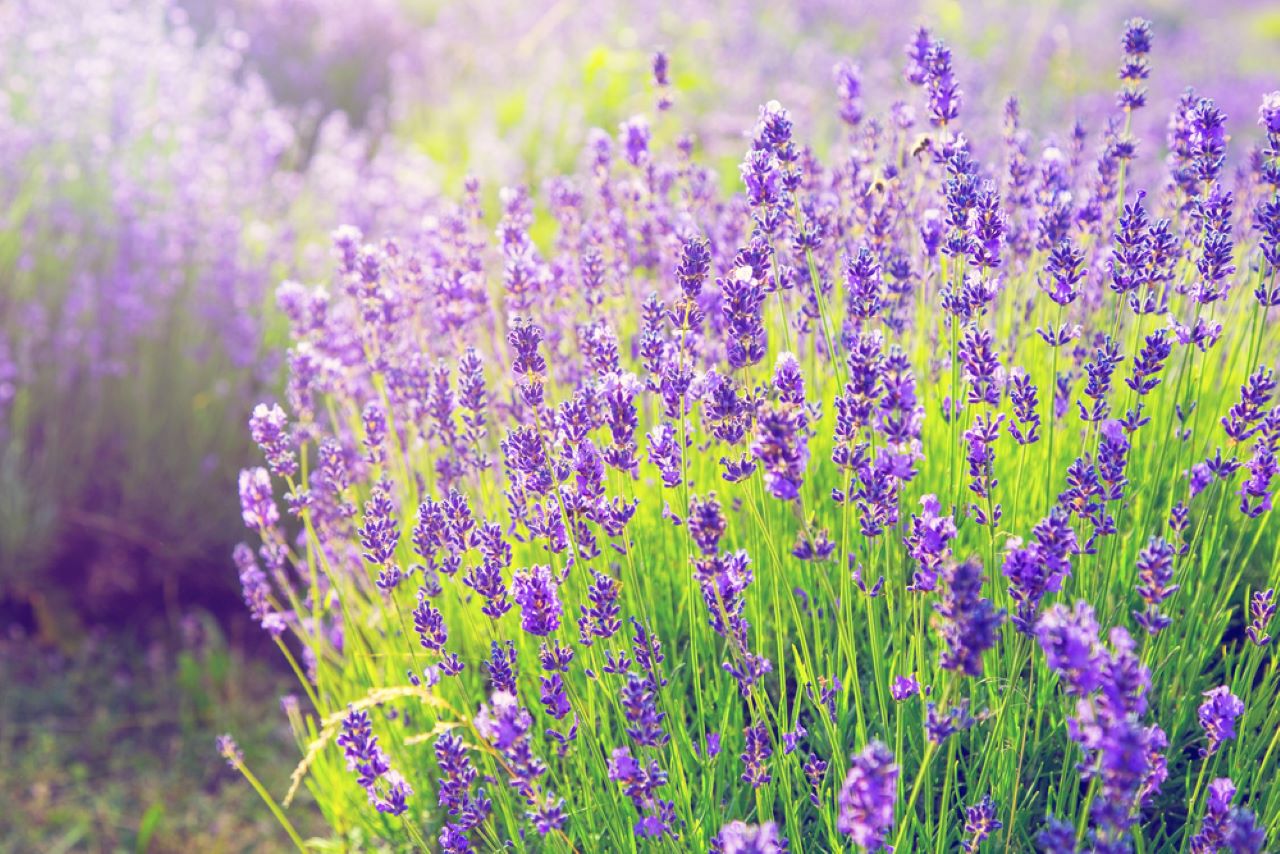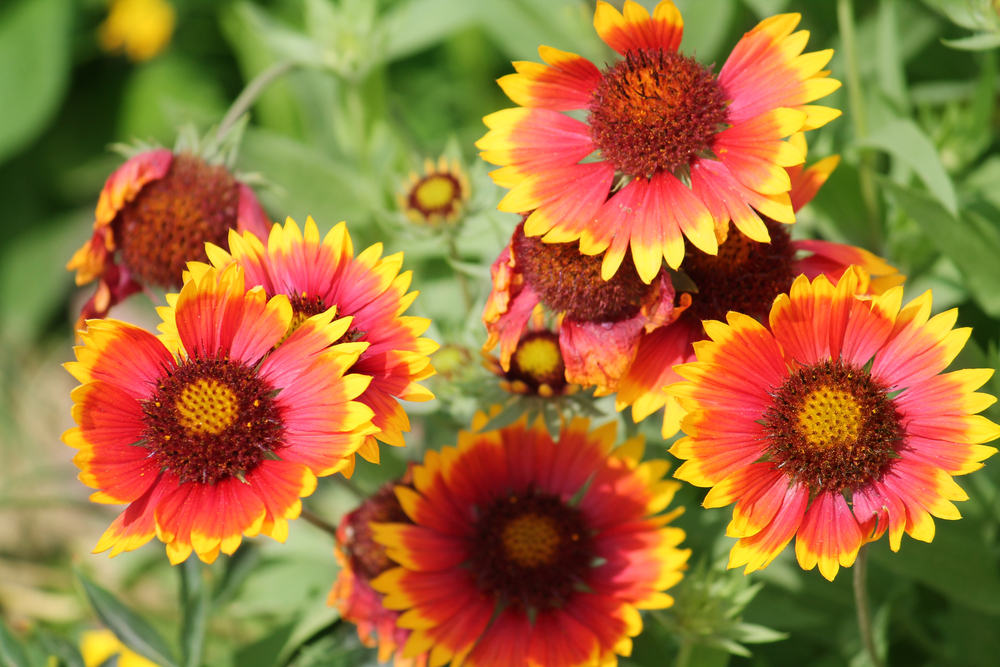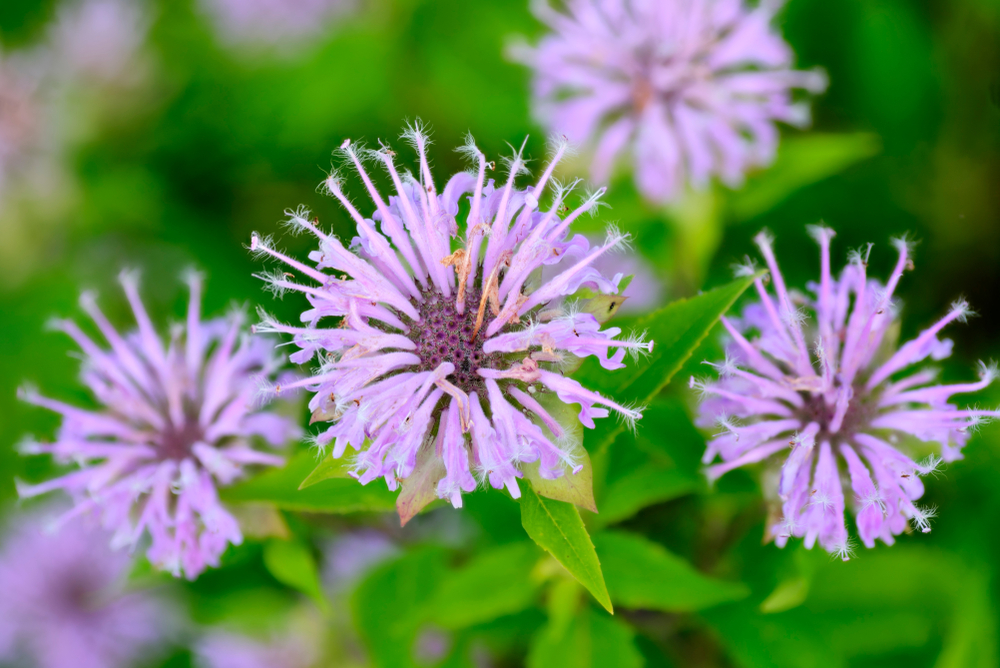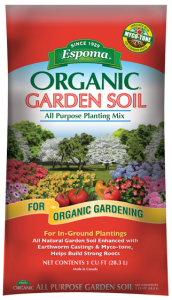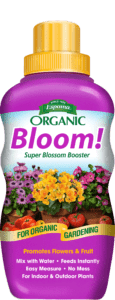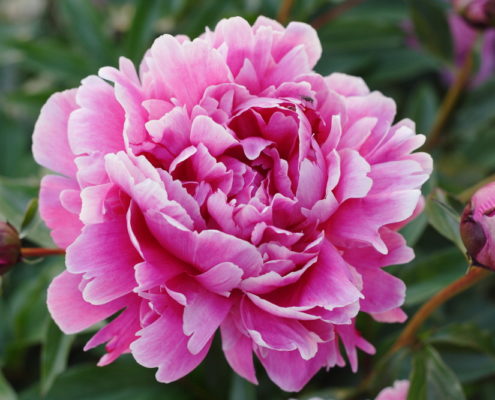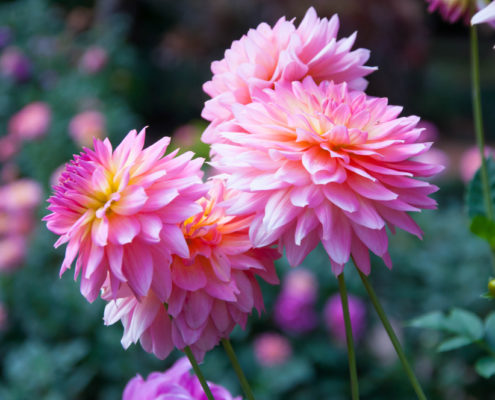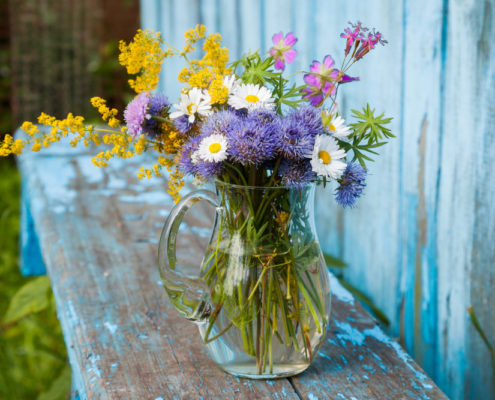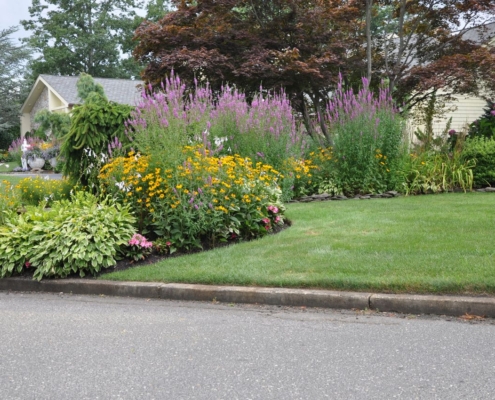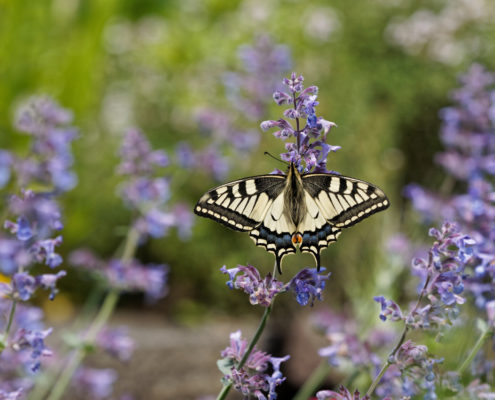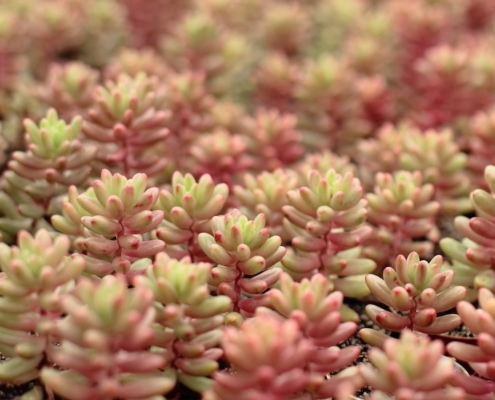Best Wildflowers for your Wedding Bouquet
Whether your wedding colors are blush and bashful or burgundy and navy, cut wildflowers from your own garden will go with almost any color pallet.
Did you know growing these bouquets of pastel-hued flowers or fiery reds and yellows can be done right in your own backyard? The important thing is to be creative, maximize your growing abilities and time your blooms with your big day.
5 Wildflowers for Wedding Bouquets
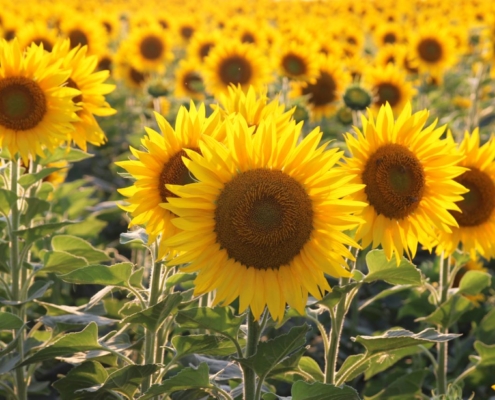
Sunflowers
Choose hybrid, pollenless varieties of sunflowers for bouquets and centerpieces. Varieties that are single-stem will produce one beautiful stem per seed or plant in a short amount of time. Choose from a variety of shapes and colors. Golden yellow sunflowers with dark-centers are classic, but ones with green centers or lemon-hued flowers make for unique looking bouquets. Grow in full sun or part shade in Zones 1-10. Feed blooms with Espoma’s Bio-Starter Plus when you plant for extra flower power.
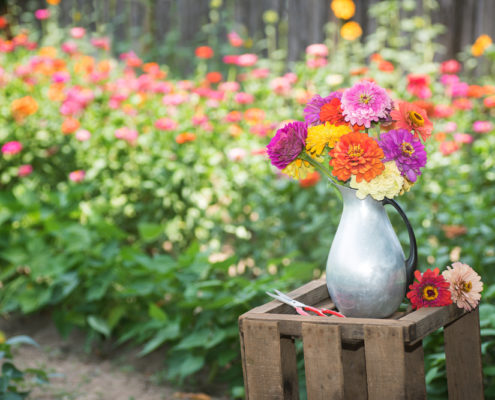
Zinnias
Find zinnias in a variety of bright and beautiful colors. These plants bloom from mid-summer until frost and are one of the easiest wildflowers to grow. Plus, the more you cut zinnias, the more flowers the plants will produce. While these flowers are deer resistant, they are monarch butterfly favorites. Grow in full sun in Zones 1-10.
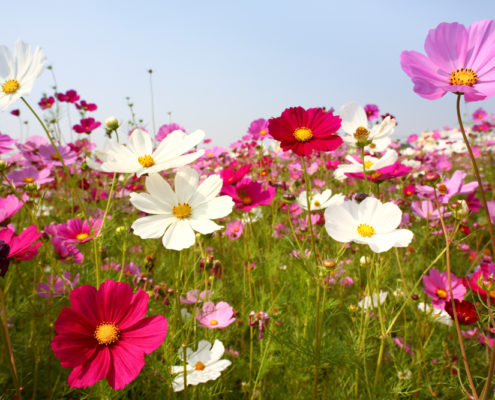
Cosmos
A popular cut flower, cosmos will add a pop of color to any bouquet. Their pink, crimson, white or chocolate flowers last until frost and are attractive to both butterflies and hummingbirds. Flowering non-stop, two to three inch blossoms grow on fern-like stems. Feed throughout the growing season with Flower-tone to get fantastic blooms. Grow in full sun in Zones 1-10.
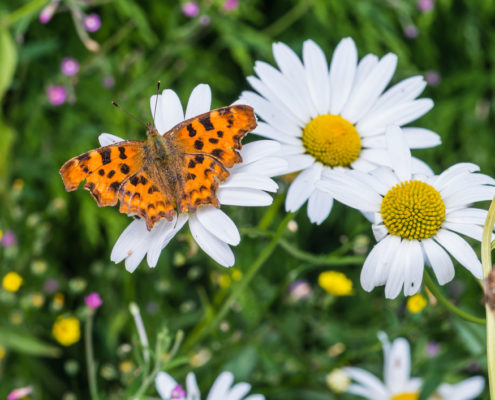
Daisies
With their white rays and yellow centers, daisies brighten up any bouquet. They grow 1-3 feet tall and will not take up too much space in a garden or bouquet. Feed regularly with Bloom! liquid plant food for vibrant whites and beautiful fragrance. Grow in full sun in Zones 3-8.
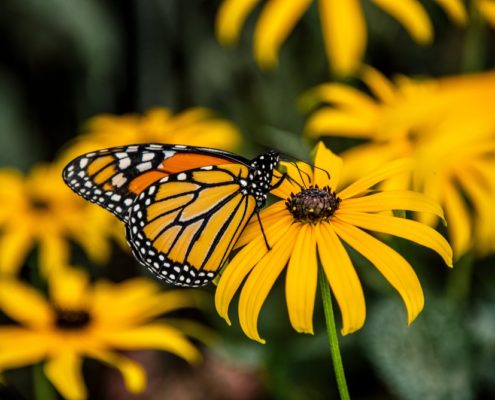
Black-eyed Susan
Named for their dark brown centers peeking out of the gold or bronze petals, black-eyed susans thrive in the sun. These daisy-like blooms are perfect for a late summer or fall bouquet. They tend to grow to about 2 feet tall and handle high heat and drought conditions well. Grow in full sun in zones 3-9.
Directions
It’s time to make the cut once your wildflowers are in bloom.
Cut stems in early morning or late evening to prevent wilting from the harsh sun and heat. Strip any foliage that will be placed directly in the water. Leave foliage near top of the stems for added interested and filler in your bouquet.
Thinking bulbs might be a better fit for your wedding bouquet? Find out how Garden Answer gets beautiful blooms.
Espoma Products for DIY Bouquets
